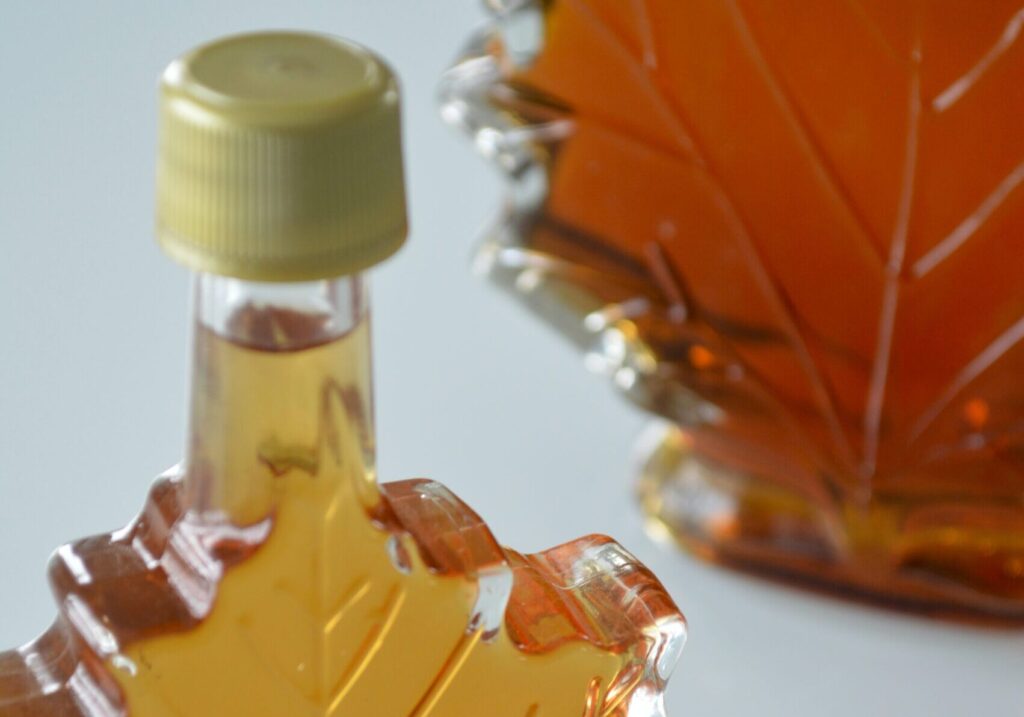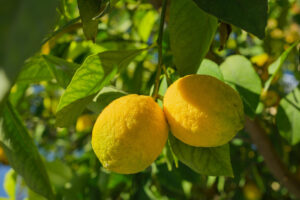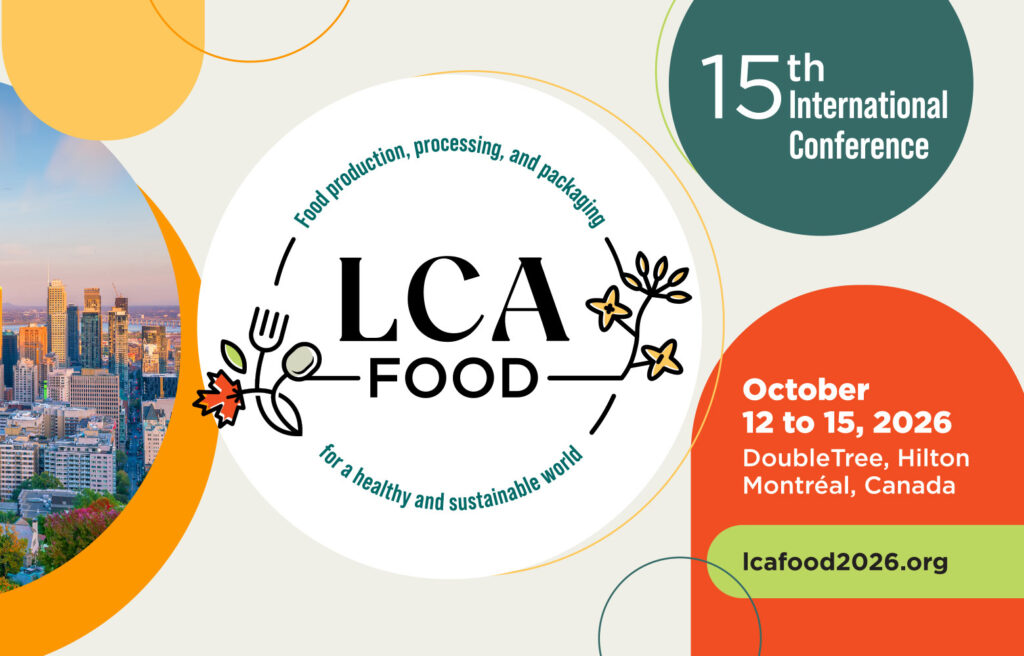What is the life cycle of maple syrup?
Currently, more than 72% of the world’s maple syrup production is made in Quebec. About 10% of Canadian maple syrup production is consumed in Canada, and the rest is exported mainly to the United States, Germany and the United Kingdom.
The first sugar shacks appeared in the 1850s. Traditionally, maple water (the sap) was collected in metal buckets hung on trees. It was emptied once a day and transported to the evaporation system by horse. Since the 70s, the production of maple syrup has been industrialized.
The life cycle of maple syrup can be divided into several stages:
- management of the sugar bush to obtain a good yield per tap,
- transformation into syrup, which consists of collecting maple sap with a network of pipes, then concentrating this water by reverse osmosis, and finally heating it in evaporators to obtain the precious maple syrup,
- distribution and packaging: the syrup is transported to central reserves, is canned and then redistributed in grocery stores,
- consumption for our pleasure!
What is the carbon footprint of maple syrup production?
According to a study by the AGECO Group, a can of maple syrup in 2021 emits approximately 600 g of GHGs, the equivalent of traveling 1.7 km by car.
The largest share of the footprint is due to the contents of the can, i.e., the syrup itself. Indeed, packaging represents only 15% of the footprint and transport only 5%. More than half of this syrup’s carbon footprint comes from the processing step. In fact, today 50% of the syrup is produced with an oil-fired evaporator, which generates significant CO₂ emissions during its combustion to create heat.
Should I be careful at my next visit to a sugar shack?
Don’t panic! In the end, maple syrup will only represent 1% of the carbon footprint of your portion of maple ham. And even if you decide to dump half your maple can on the plate, your meal footprint will still be dominated by meat.
Is it better to boil maple sap with wood?
In 2020, wood-fired evaporators were mainly used by small producers since they have time to season their wood and operate the evaporator during the sugaring season. These evaporators represent approximately 30% of the GHG emissions from the production of maple syrup.
A wood pellet evaporator makes it possible to have a carbon footprint for the transformation into syrup that is 82 times lower compared to an oil-fired evaporator. And the gain is even greater by changing to an electric evaporator in Quebec.
Finally, changing its evaporator for a cleaner technology reduces the life cycle GHG emissions of our can of syrup by more than 25%. Moreover, the Quebec Maple Syrup Producers have set themselves the goal of reducing their GHG emissions by pushing for the adoption of cleaner evaporators (-29% by 2030).
Is maple syrup a good environmental choice to sweeten your dishes?
Per kg produced, cane sugar and maple syrup have roughly the same carbon footprint1.
However, the sweetness of maple syrup is lower than that of sugar. To obtain the same sweet taste, it is necessary to add 67% more syrup. So, comparing them according to their sweetness, maple syrup will be twice as impactful as cane sugar.
But be careful, this comparison does not include the fact that sugar bushes are carbon sinks...
The production of syrup has an impact on climate change, but do sugar bushes also capture carbon?
Sugar bushes are considered carbon sinks, i.e., the quantity of CO₂ released by the decomposition of dead wood is lower than the quantity of CO₂ captured by photosynthesis during the growth of the trees and stored in its trunk, its branches and its roots.
According to a study conducted in 2016 by the AGECO Group, the sugar bushes in production in Quebec would store 962,000 tonnes of CO₂ per year, or the equivalent of 9% of the total GHG emissions emitted from all vehicles in Quebec yearly. So in the end, sugar bushes store 8 times more carbon than what the production of maple syrup emits!
Moreover, for sugar bushes to remain healthy and contribute to the maintenance of biodiversity, it is important that they be managed in a sustainable manner. Suggested actions are to maintain a certain proportion of maple companion species, to maintain an uneven-aged structure to ensure the continuous renewal of the forest, and to keep dead wood on the ground in the sugar bush.
On the other hand, could climate change affect maple syrup production?
Unfortunately, the production of maple syrup as we know it is threatened by the impact of climate change. With the increase in temperatures in our regions, experts predict that the optimal maple syrup production zone will shift north. This will have several effects on current production areas:
- the sugar season would arrive 2 to 3 weeks earlier by the end of the century,
- the yield of maple syrup production will therefore decrease in the United States, but increase in northern regions,
- the sugar level of the syrup will drop,
- maple syrup production could become impossible in the hottest years.
So let’s enjoy it while there’s still time!
1 Direct land use change (which can lead to deforestation) is taken into account for sugarcane and represents 40% of the carbon footprint (ecoinvent v3.8)
This blog post is from a column presented on March 2nd, 2022 (french version) by Laure Patouillard, Research Associate at CIRAIG, on Radio-Canada’s Moteur de recherche.
Bibliography
Personal communication with Julie-Anne Chayer, director of AGECO Group.
Gouvernement Québec. (2020). Portrait-diagnostic sectoriel acéricole.
Les produits d’érable du Québec. (2016). Bien plus que du sirop. Retrieved from https://erableduquebec.ca/uploads/2018/09/érable-et-le-développement-durable.pdf.
Bernier, R. (2020). Maple water evaporator.
Fédération des producteurs acéricoles du Québec. (2018). FICHE INDUSTRIELLE SIROP D’ÉRABLE DU QUÉBEC. Retrieved from http://ilvasodipandoro.com/wp-content/uploads/2020/04/Scheda-tecnica_sciroppo-dacero.pdf.
Messier, C., & Beaudet, M. (2014). Pour un aménagement durable des érablières, (1), 4799.
Houle, D., Paquette, A., Côté, B., Logan, T., Power, H., Charron, I., & Duchesne, L. (2015). Impacts of climate change on the timing of the production season of maple syrup in Eastern Canada. PLoS ONE, 10(12), 1–14. https://doi.org/10.1371/journal.pone.0144844.
Ahmed, S., Bryan, A., & Dufour, B. (2017). What are the impacts of climate change on maple syrup production and can we manage for them ? ACERnet – Acer Climate and Socio- Ecological Research Network.








